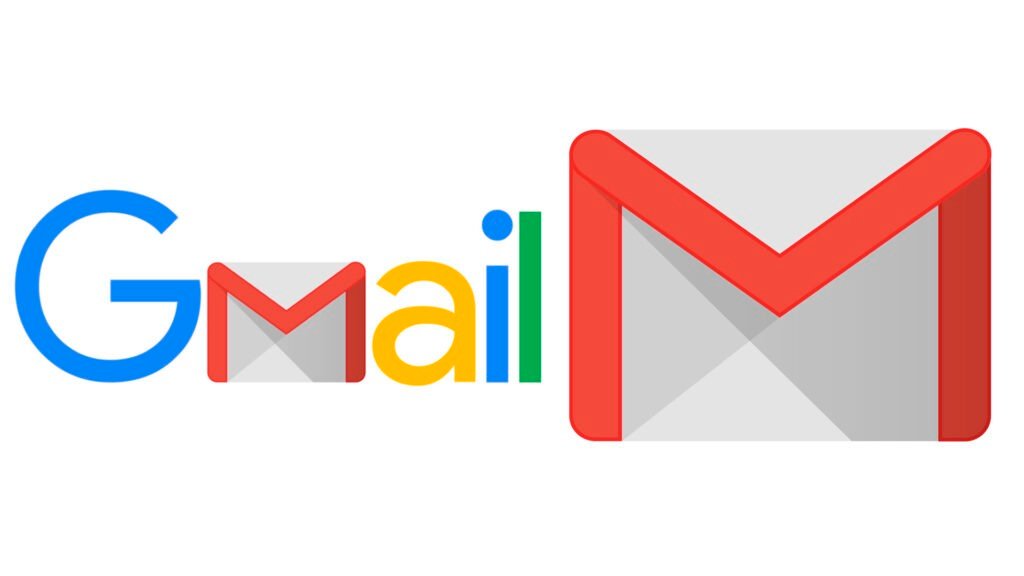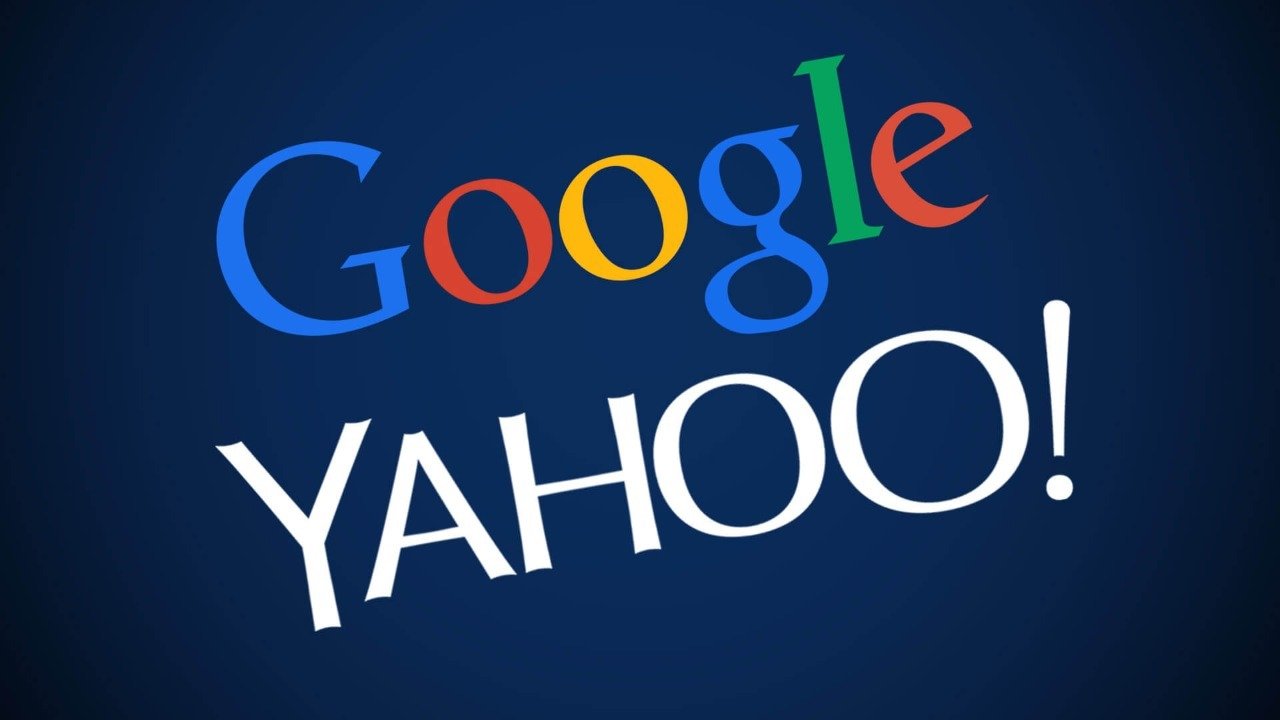Table of Contents
In 2024, Google and Yahoo made significant changes to their email platforms, impacting marketers worldwide. These changes altered the landscape of email marketing strategies, forcing marketers to adapt and innovate to maintain their effectiveness. Business Onboarding Understanding the implications of these changes is crucial for marketers to adjust their strategies and continue reaching their audience effectively.
Understand Google And Yahoo Email Changes
Google’s Email Changes
Google, with its Gmail platform, implemented several updates aimed at enhancing user privacy and security while also improving the overall email experience. These changes included:
Enhanced Privacy Features: Google introduced stricter privacy measures to protect users’ personal information and prevent unauthorized access to their accounts. This included measures such as advanced encryption protocols, improved spam filtering, and enhanced user authentication methods.

Inbox Organization: Gmail introduced new features to help users better organize their inboxes and manage their emails more efficiently. This included features like tabbed inboxes, which automatically categorize emails into primary, social, and promotional tabs based on their content.
AI-Powered Smart Replies: Google leveraged artificial intelligence (AI) to introduce smart reply suggestions, allowing users to respond to emails quickly with pre-written responses generated based on the email’s content.
AMP for Email: Google introduced Accelerated Mobile Pages (AMP) for Email, allowing marketers to create interactive and dynamic email experiences directly within Gmail. This enabled features such as forms, carousels, and real-time content updates, enhancing engagement and interactivity.
Yahoo’s Email Changes
Similarly, Yahoo Mail underwent significant changes aimed at improving user experience, enhancing security, and staying competitive in the email market. These changes included:

User Interface Updates: Yahoo revamped its email interface to provide a more modern and intuitive user experience. This included redesigned layouts, updated color schemes, and improved navigation menus.
Spam Filtering Enhancements: Yahoo implemented advanced spam filtering algorithms to better identify and block unwanted or malicious emails. This helped users maintain cleaner and safer inboxes, reducing the risk of falling victim to phishing scams or malware attacks.
Integration with Other Yahoo Services: Yahoo integrated its email platform more closely with other Yahoo services, such as Yahoo News, Yahoo Finance, and Yahoo Sports. This provided users with seamless access to relevant content and enhanced their overall Yahoo experience.
Increased Storage Capacity: Yahoo expanded its email storage capacity, allowing users to store more emails and attachments without running into storage limitations. This provided users with greater flexibility and convenience when managing their email accounts.
What Do Marketers Need to Know?

The implications of Google and Yahoo’s email changes for marketers are profound and multifaceted, encompassing various aspects of email marketing strategy, user engagement, privacy compliance, and technological adaptation. Let’s delve into these implications in detail:
Enhanced User Privacy and Security: Google and Yahoo’s emphasis on privacy and security measures signifies a growing concern for user data protection. For marketers, this means adapting to stricter guidelines regarding data collection, storage, and usage. Marketers must prioritize transparency and consent, ensuring that subscribers understand how their data will be used and giving them control over their preferences.
Improved Email Deliver ability: With advanced spam filtering algorithms, email deliverability rates are expected to improve. However, marketers must maintain high-quality, relevant content to avoid being flagged as spam. Building a positive sender reputation through engagement-based metrics such as open rates and click-through rates becomes crucial for inbox placement.
Interactive and Dynamic Content: Features like AMP for Email offer opportunities for marketers to create more engaging and interactive email experiences. Marketers can leverage interactive elements such as forms, carousels, and real-time content updates to capture subscribers’ attention and drive action. However, adapting to these new technologies requires investment in design and development resources.

Adaptation of Email Design Strategies: The introduction of AMP for Email necessitates a shift in email design strategies. Marketers need to explore ways to incorporate interactive and dynamic content into their email templates while ensuring compatibility across different email clients and devices. This may require collaboration between email marketers, designers, and developers to create compelling user experiences.
Privacy Compliance and Consent Management: Marketers must ensure compliance with stricter privacy regulations, such as GDPR and CCPA, by obtaining explicit consent for email communications and respecting subscribers’ preferences. Implementing robust consent management processes and data protection measures is essential to maintain trust and credibility with subscribers.
Personalization and Segmentation: To cut through the clutter and engage users effectively, marketers must focus on personalization and segmentation strategies. By leveraging data-driven insights and behavioral analytics, marketers can deliver tailored content and offers that resonate with individual subscribers’ interests and preferences. Dynamic content personalization becomes increasingly important in delivering relevant messages at the right time.
Integration with Cross-Channel Marketing: Yahoo’s integration of its email platform with other Yahoo services presents opportunities for marketers to leverage cross-channel marketing strategies. Marketers can explore partnerships and collaborations with other Yahoo services, such as Yahoo News, Yahoo Finance, and Yahoo Sports, to reach a broader audience and enhance their brand presence.
Mobile Optimization: As more users access their emails on mobile devices, marketers must prioritize mobile optimization to ensure a seamless and responsive experience across all devices. This includes optimizing email design, layout, and content for mobile viewing and leveraging mobile-specific features such as click-to-call and location-based targeting to enhance user engagement and conversion rates.
Measurement and Analytics: With the introduction of new features like AMP for Email, marketers gain access to additional metrics and analytics to measure the effectiveness of their campaigns. Marketers can track user interactions with interactive elements, such as form submissions and carousel interactions, to gain insights into subscriber preferences and behaviors. This enables data-driven optimization and refinement of email marketing strategies over time.
Continuous Innovation and Experimentation: The evolving landscape of email marketing requires marketers to embrace continuous innovation and experimentation. Marketers should stay abreast of emerging trends, technologies, and best practices in email marketing and be willing to experiment with new strategies and tactics to stay ahead of the curve. By fostering a culture of innovation and learning, marketers can adapt to changing consumer preferences and maintain a competitive edge in the market.
Conclusion
The email changes implemented by Google and Yahoo in 2024 had significant implications for marketers, requiring them to adapt their strategies to comply with stricter privacy measures, leverage new features for enhanced user engagement, and prioritize personalization and segmentation to cut through the clutter and deliver relevant content to their audience. By staying informed about these changes and embracing innovation, marketers could continue to effectively leverage email as a powerful marketing channel in the evolving digital landscape.



Leave a Reply